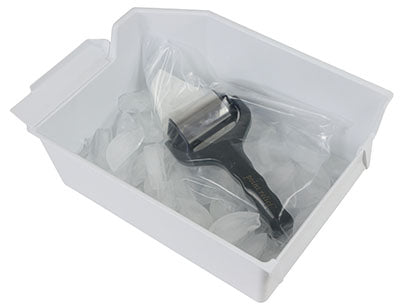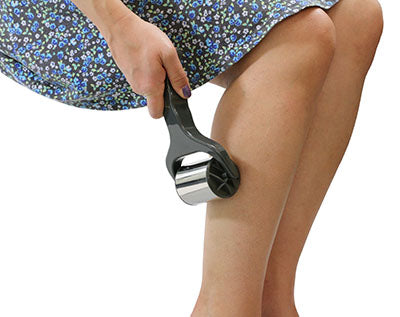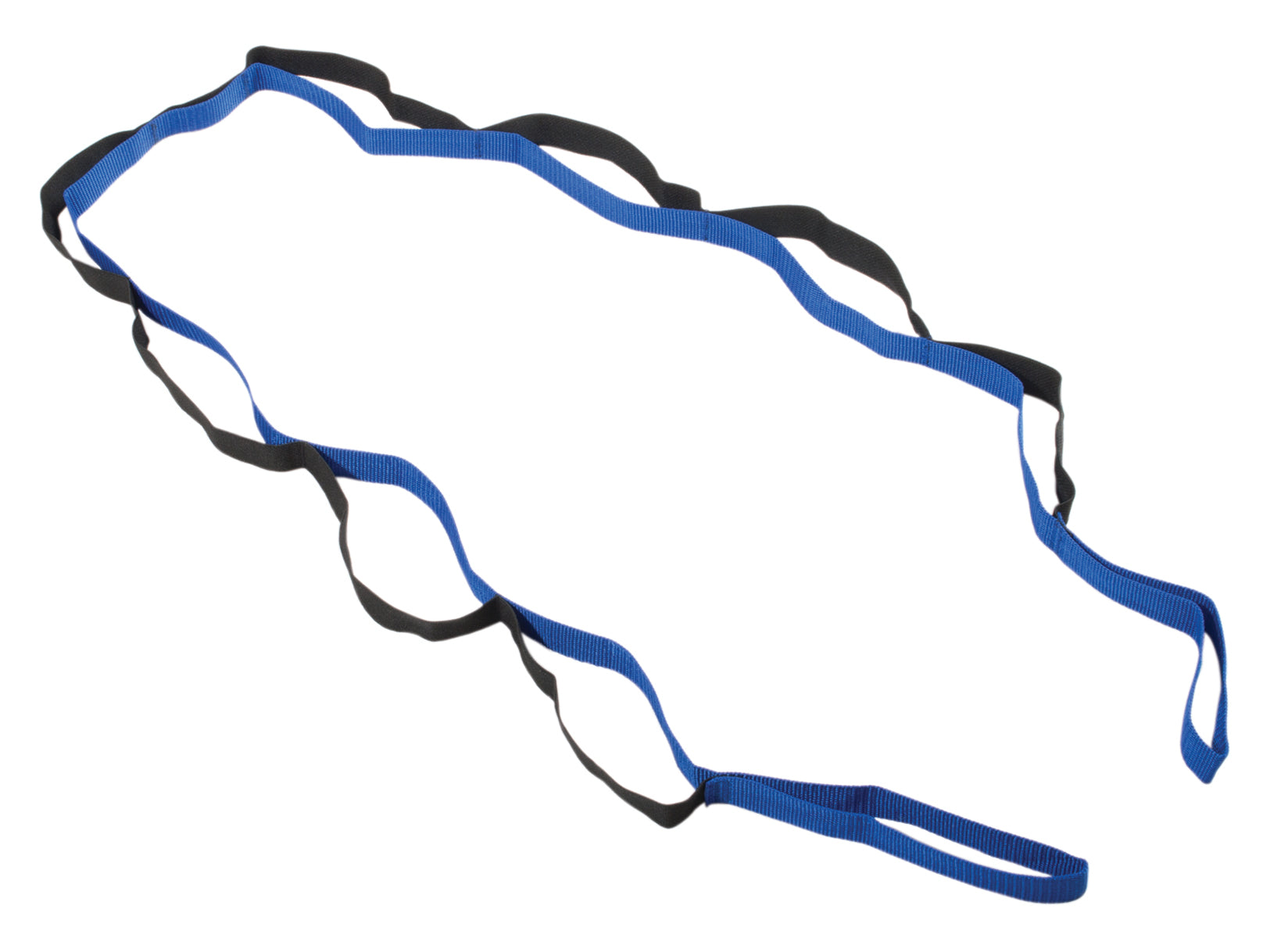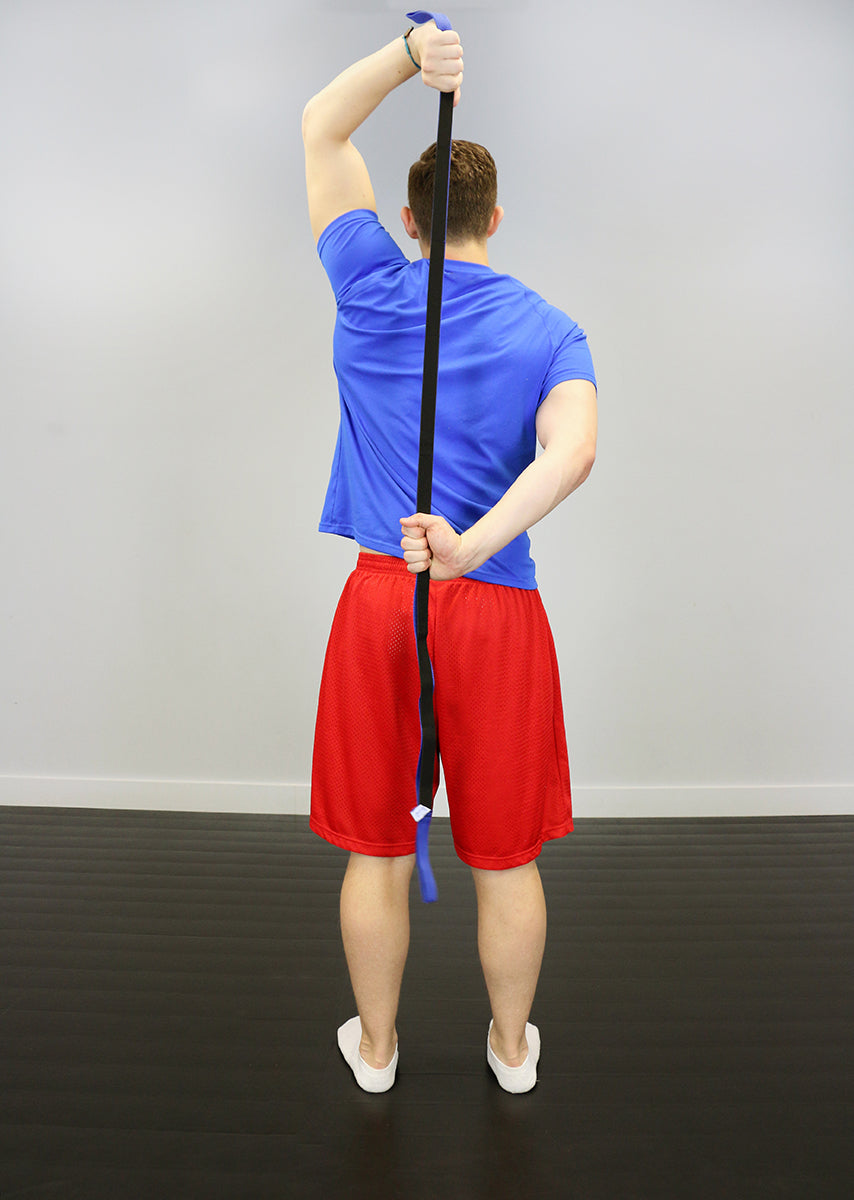You know injury is hard physically—we do not need to discuss that. What does not get talked about enough is how it messes with your head. The physical stuff is right there in front of us; the mental we tend to keep hidden.
I have had my fair share of injuries, no doubt. But I do not want to be that guy who uses some bumps and bruises (or surgical anchors) as an excuse to stop improving. I want to use my scars to show you what still can be done.
I am grateful for the dings I have caught. They come with a perspective that you can not buy. Having that perspective does not mean I am looking forward to future injuries. It just means I have a better grip on what is coming. I can not say I have banished the doubts, fears, and uncertainties, but I have learned to turn them to my advantage.
Shit Happens
Flashback to four weeks until meet day.
Squats did not go to plan. I could whine about why they did not work, but the bottom line was that I did not do my job on the meet day and left about 40 pounds on the platform. I knew my
bench was strong, I knew my deadlifts were strong, and I knew I could make up some ground.
Bench warm-ups were flying. Because of my pec tear history, I am typically a pretty conservative meet-day bencher, but training had tracked phenomenally, and I thought I was ready to take some slightly more aggressive-than-usual attempts.
RECENT:
How to Make Your Injury Rehab Suck
463 flew. Okay, 496 for my second. Hammered it, RPE air, whatever the kids say nowadays when something moves really, really well. Meana told me to put whatever I wanted on the bar. 529 flashed through my mind, but I thought 518 would be a sure thing. “Build that total. No missed attempts.”
The sure thing was not so sure. For those of you who have not had a tear, imagine you are holding a bunch of shoelaces in your hand. Now, imagine those laces are ripped away while you are still squeezing. That is it, except the shoe laces are on fire, and with a pec, it is happening in your armpit.
As I felt that ball of molten shoelaces pulling across my chest, the first thought was, “Welp, my pec is gone.” It was a reasonable assessment of the situation.

You Will Doubt Yourself
“I do not know if I can come back from this injury,” came next as I looked down to see a squirming ball of tissue next to my sternum and the massive gap where my pec used to be.
The third was, “I do not know if I want to come back from this.” As I drove home from the meet, the realization that my second attempt at 496 might have been my last bench PR hit like a sledgehammer. To the pit of despair I went.
Thoughts like that will be inevitable. To make it worse, you will have people telling you how they could not come back from the same injury. You will have medical professionals telling you that the only solution is to stop training. There would be something wrong with you if those voices did not compound your doubt.
Accepting Your Injury
Looking down at the bruising, the swelling, and the hole in my chest, I could not help but be terrified. My head was bouncing around with worst cases;
"What if it’s inoperable?
"What if the surgeon screws up?"
Or what if…."
All the while, I could not move my arm, I could not lay down in bed, I could not put on a shirt, and the list went on.
When you are hurt, things will be out of your hands, like immobility, boredom, and pain. Even not being able to scratch something that has been itching for the last three hours. And, in some sense, the future.
It sucks. Injury sucks. It will suck. It is going to suck. But, by wishing it did not suck, you are going to make it suck worse. The more we resist the suck, the suckier it is going to feel. It is like swimming against a powerful current; the harder you try, the harder it drags you down.
So, how do we make it suck less?
Let the current take you where it may. Accept that it should suck, be hard, and scary. Be okay with the uncertainty. Acknowledge that there is a lot out of your control. All those feelings you have? Realize that you should be feeling them.
Transitioning from “This sucks, and I hate it” to “Okay, this sucks” is the first step.

Using It
If fear, doubt, and uncertainty are inevitable, instead of dwelling on them, we need to find a way to use them. You let that fear fester, and it is only going to get bigger and scarier until it traps you in a cage of helplessness. That is not what we want. We do not want to be stuck on the couch, daydreaming and second-guessing what could be the start of our recovery.
When we boil it down, fear is us telling ourselves, “I really do not want this to happen.” Right? If you do not want something to happen, use it to light a fire under your ass. Do not let what you are afraid of have any chance. And guess what, this works for more than coming back from injury. Afraid of not making weight? Use it as a reason to nail your diet. Afraid of not being able to pay a bill? Use it as a reason to stick to your budget.
Do you know what keeps me up at night? The idea of gazing back two decades from now and wondering, “What could have happened if I really tried?” Even if it does not work out, even if I do not see the finish line, I want to know that I did everything I could.
The Mentality
So, where does that leave us?
Own up to the fact that overcoming an injury is going to be hard. Do not sugarcoat it. Do not expect a walk in the park – it will be difficult. Expect it.
Let yourself feel those fears and doubts. The harder you fight them, the bigger they grow.
Make peace with what is beyond your control. Do not hold on to the things that will weigh you down.
Take stock of what you can control. Use those fears and doubts as fuel. Make them your reason to step up, take charge, and do what you can to navigate the road to recovery.
As I write this, I am four weeks post tear, and two weeks post re-attachment. Things are progressing well, and the prognosis is looking good. Yet, I am still scared shitless that I might have benched my last PR. That right there is why I am doing my damnedest to get back.
Seth Albersworth is a powerlifter with experience in and out of gear. His best totals are 2105 pounds raw and 2408 pounds multi-ply. Seth has completed his bachelor's degree in kinesiology from the University of Calgary and recently graduated from Palmer College of Chiropractic's Florida Campus. He's in the process of acquiring licensure as a Doctor of Chiropractic.






































































